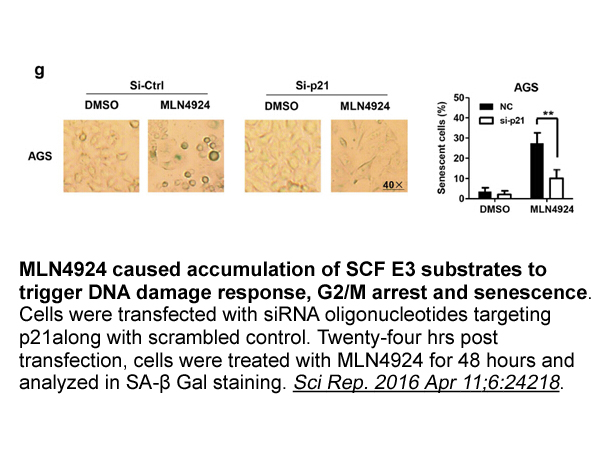Archives
br Case report In July a year old man
Case report
In July 2010, a 64-year-old man visited the outpatient clinic of National Taiwan University Hospital due to progressive enlargement of right submandibular mass for months. A nasopharyngeal tumor was found by fiber optic exam, and biopsy showed a non-keratinizing undifferentiated carcinoma. After staging workup, the patient was diagnosed with nasopharyngeal carcinoma, cT1N3bM0, stage IVB (Fig. 1). The patient then received two cycles of induction chemotherapy with mitomycin, epirubicin, cisplatin, fluorouracil and leucovorin (MEPFL, mitomycin 7.5 mg/m2, epirubicin 60 mg/m2, and cisplatin 60 mg/m2 on day 1, followed by fluorouracil 450 mg/m2 and leucovorin 30 mg/m2 on day 8, three-week cycle) from September to October, 2010. The neck tumor regressed after chemotherapy, but the patient refused further radiotherapy due to personal reasons. Thus, he was kept on metronomic UFT (tegafur 100 mg, uracil 224 mg twice daily) until the tumor progressed again in March 2011. The patient then received three cycles of re-induction chemotherapy with carboplatin (AUC 5 on day 1 every three weeks) and fluorouracil (900 mg/m2, 24 h infusion on day 1 to day 3, every 3 weeks) from March to May 2011. Grade 2 stomatitis developed after the second Elacridar of re-induction chemotherapy and the dosage of fluoroura cil was subsequently reduced (changed to 12-hour infusion on day 1 and day 2, omitting day 3 infusion). Definitive UFT-based CRT with a dose of 70 Gy in 33 fractions was given from June to August 2011. However, a follow-up MRI in October 2011 showed residual tumors over the right neck and a new 2.5 cm heterogeneous tumor at the left sphenoid bone (Fig. 2). Thus, the patient received right modified radical neck dissection, type 2 in November 2011 and radiotherapy to the left sphenoid tumor at a dose of 45 Gy in 15 fractions from December 2011 to January 2012. For suspected bone metastases, metronomic chemotherapy with UFT (tegafur 100 mg, uracil 224 mg twice daily) and cyclophosphamide 50 mg once daily were given since March 2012. Follow-up MRI in July 2012 showed mild progression of the left sphenoid tumor and a new 0.7 cm enhancing tumor at the left temporal skull (Fig. 3, panel A). Due to disease progression, oral etoposide (50 mg once daily for 7 days every four weeks) was added since August 2012. The patient was kept under metronomic UFT, cyclophosphamide and etoposide for skull metastases since August 2012. Treatment was well-tolerated. Only grade 1 fatigue and grade 2 neutropenia were noted during treatment. The grade 2 neutropenia improved after decreased dosage of metronomic etoposide (down to 50 mg once daily for 3 days every four weeks). Subsequent follow-up neck MRIs showed no local recurrence and prolonged stabilization of metastatic tumors at the left sphenoid and temporal bone till June 2015 (Fig. 3, panels B–D). Plasma EBV viral load also remained stable (Table 1).
cil was subsequently reduced (changed to 12-hour infusion on day 1 and day 2, omitting day 3 infusion). Definitive UFT-based CRT with a dose of 70 Gy in 33 fractions was given from June to August 2011. However, a follow-up MRI in October 2011 showed residual tumors over the right neck and a new 2.5 cm heterogeneous tumor at the left sphenoid bone (Fig. 2). Thus, the patient received right modified radical neck dissection, type 2 in November 2011 and radiotherapy to the left sphenoid tumor at a dose of 45 Gy in 15 fractions from December 2011 to January 2012. For suspected bone metastases, metronomic chemotherapy with UFT (tegafur 100 mg, uracil 224 mg twice daily) and cyclophosphamide 50 mg once daily were given since March 2012. Follow-up MRI in July 2012 showed mild progression of the left sphenoid tumor and a new 0.7 cm enhancing tumor at the left temporal skull (Fig. 3, panel A). Due to disease progression, oral etoposide (50 mg once daily for 7 days every four weeks) was added since August 2012. The patient was kept under metronomic UFT, cyclophosphamide and etoposide for skull metastases since August 2012. Treatment was well-tolerated. Only grade 1 fatigue and grade 2 neutropenia were noted during treatment. The grade 2 neutropenia improved after decreased dosage of metronomic etoposide (down to 50 mg once daily for 3 days every four weeks). Subsequent follow-up neck MRIs showed no local recurrence and prolonged stabilization of metastatic tumors at the left sphenoid and temporal bone till June 2015 (Fig. 3, panels B–D). Plasma EBV viral load also remained stable (Table 1).
Discussion
Conclusions
Conflict of interest
Introduction
Brentuximab vedotin (BV) is an anti-CD30 monoclonal antibody, cAC10(SGN-30), which combined with cytotoxic agent monomethyl auristatin E(MMAE) by a valine-citrulline peptide linker becomes a standard and effective therapy for patients with relapsed or refractory CD30+ T-cell lymphomas, CD30+ anaplastic large cell lymphoma (ALCL) and Hodgkin\'s lymphoma(HL). On the one hand, anti-CD30 monoclonal antibodies have anti-proliferative effects and induce arrest of cell cycle to HL cell lines in vitro, and significantly prolongs survival of xenograft animal models with human HL in vivo. On the other hand, MMAE blocks the polymerization of tubulin, and results in the inhibition of cell division. The combination of anti-CD30 monoclonal antibody and MMAE can deliver highly selective cytotoxicity to cells with CD30 and minimal MMAE linkage in human plasma in vivo, so the adverse events of BV caused by off-target effect should be minimal unless CD30 is presenting on cells of normal organ, or a mismatch occurs between CD30 monoclonal antibody and non-CD30 receptor on normal cells.